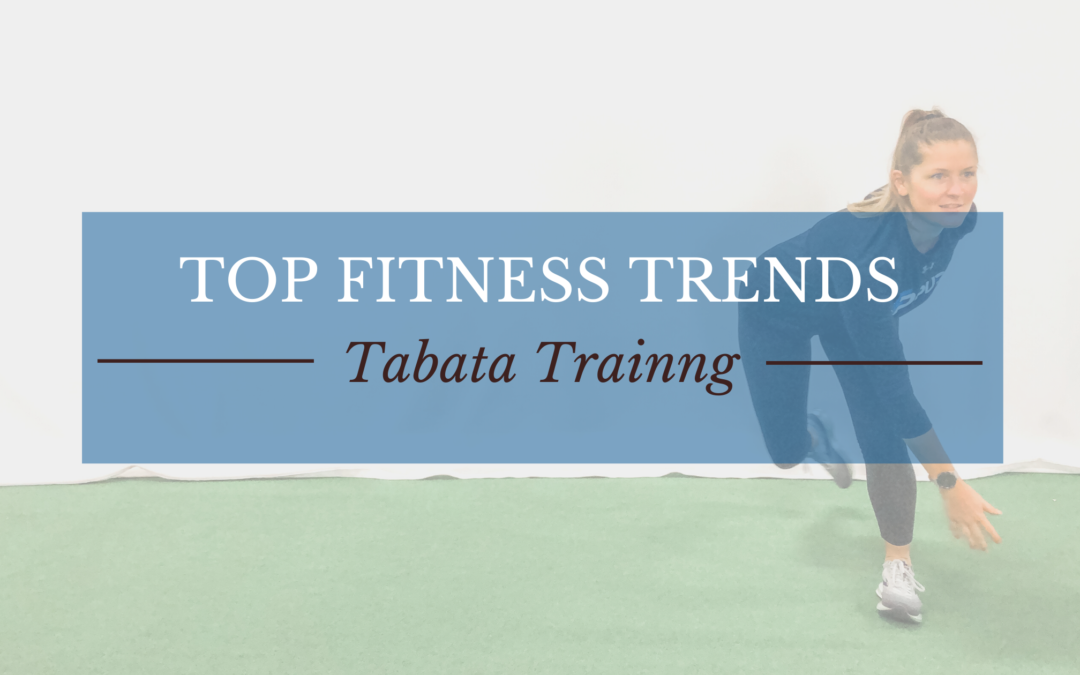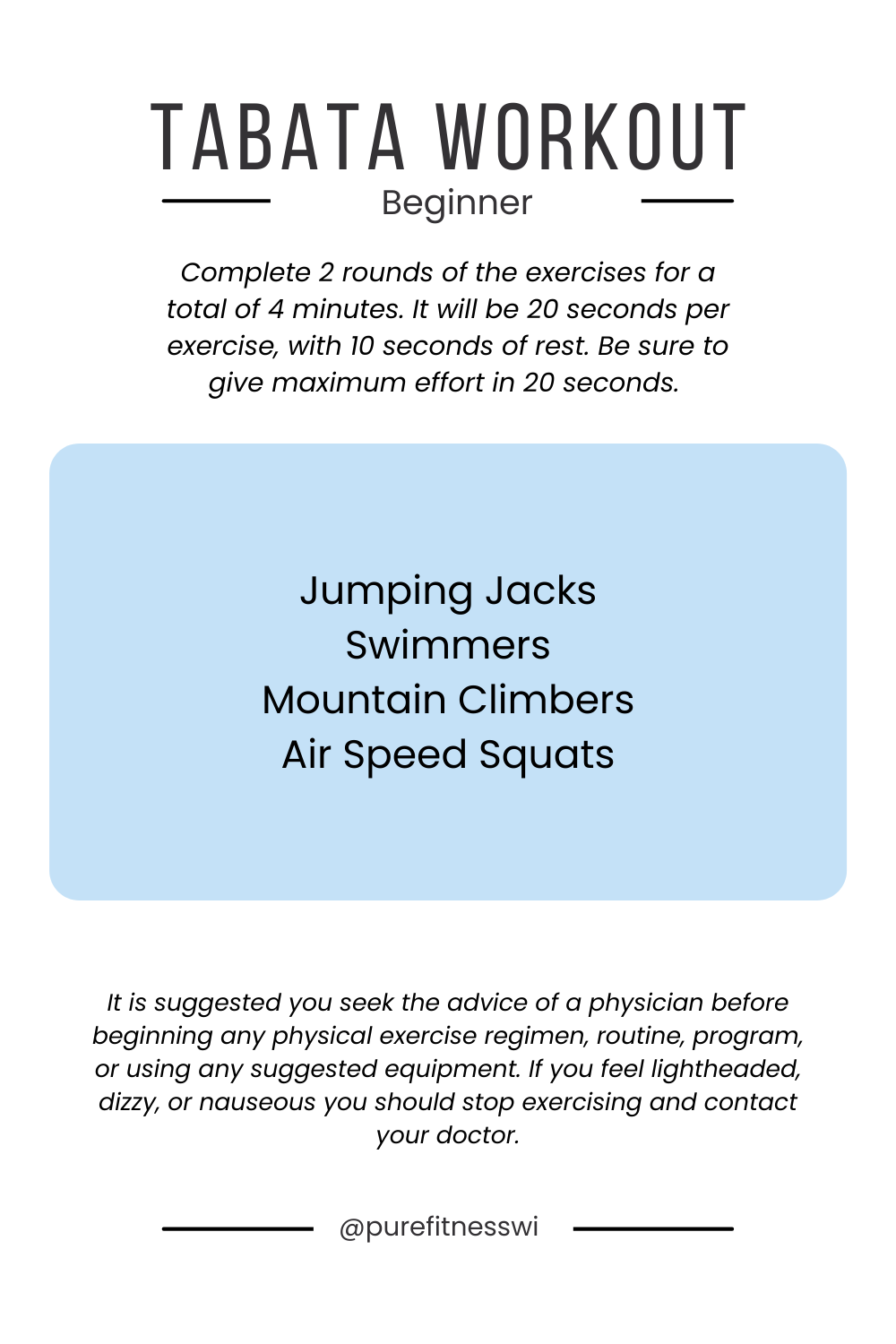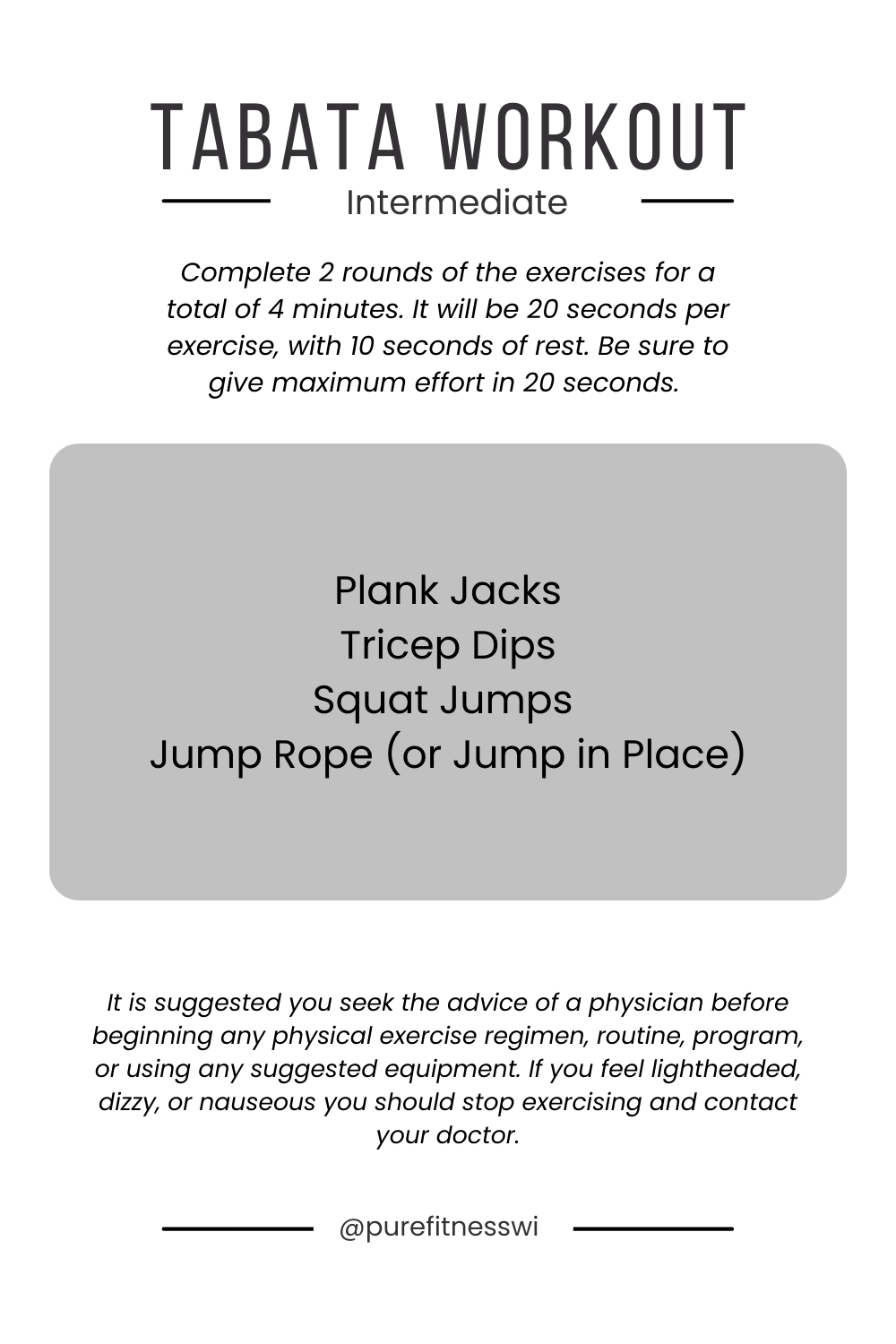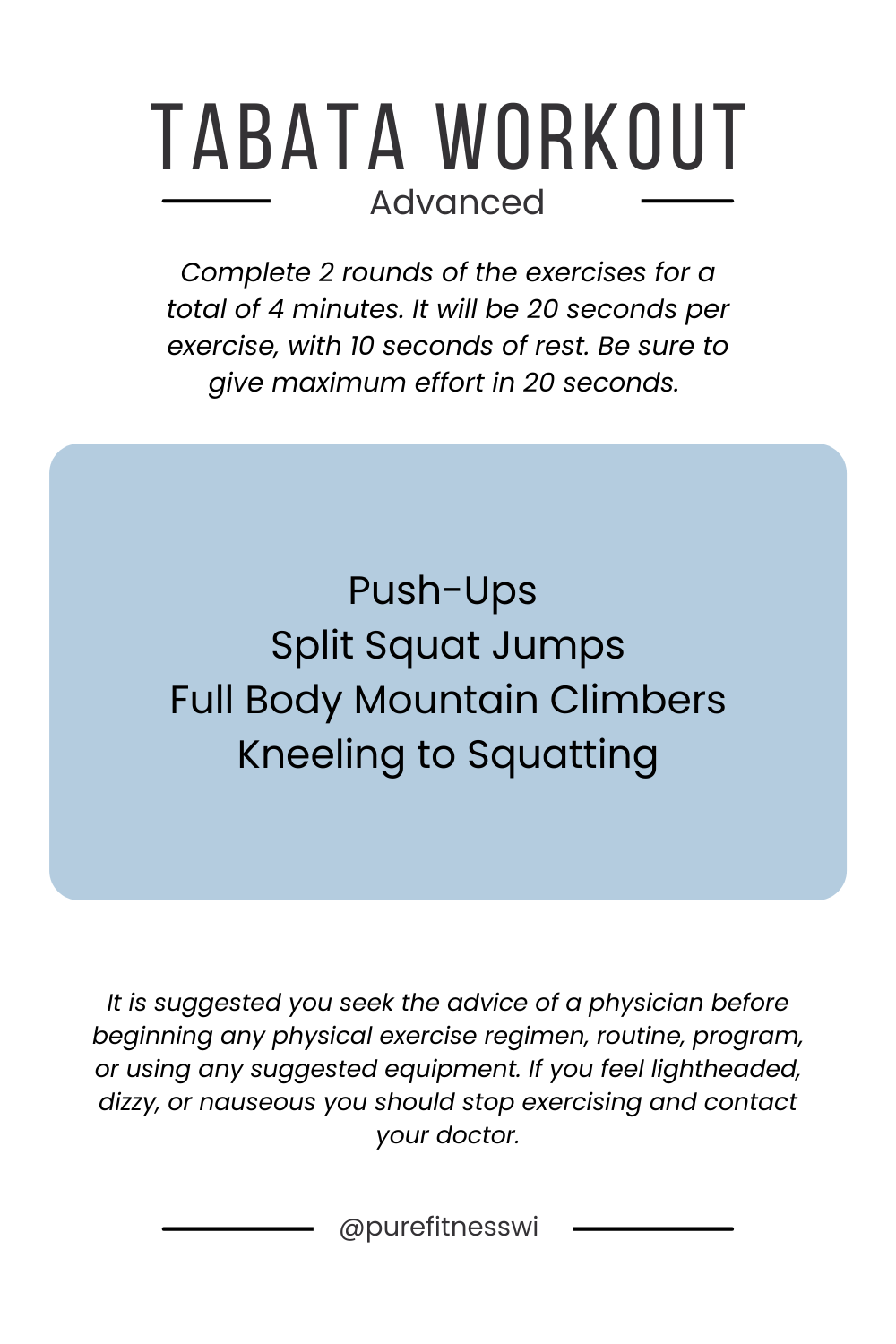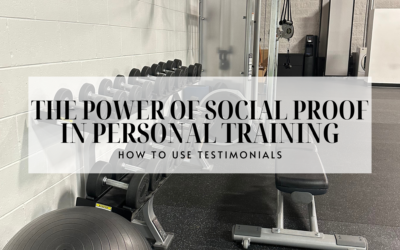If you are like me, the first time you heard the word Tabata you thought it was some form of martial arts. Back then, I honestly had no clue what it meant and frankly did not care to know. For those of you who are familiar with Tabata workouts, you know that it is not martial arts but actually a version of HIIT (High Intensity Interval Training) workouts.
It was actually named after the professor Izumi Tabata who was studying higher intensity interval training using Olympic speedskaters who were performing the study on a stationary bike. This was back in 1996. It has now become one the more popularized methods of interval training out there today. But what separates Tabata as a style of HIIT. What makes it so special?
Wait, if you aren’t even sure what HIIT is you should read about HIIT. It lays the foundation for everything you are about to read.
DEFINING TABATA WORKOUTS
The parameters of the original study involved the athletes doing 20 seconds of high intensity and 10 seconds of rest. During the high intensity part of the workout your VO2 max is going to be at 170%. Recall here that VO2 max is the volume of oxygen that is being transferred and utilized within the body during exercises. This 20 seconds on, 10 seconds off was done for 4 minutes.
Through the study, they found that with this method, they were able to achieve similar increases in VO2 max and aerobic capacity as a longer duration of cardio at a steady intensity. They also were able gain anaerobic capacities as well! Exciting results that explain why intervals are used to improve athletic performance.
So, yes, this falls within the umbrella of HIIT training due to its nature of having a section of high intensity, followed by low intensity. However, this one is only for 4 minutes! I mean come on, working out has never been easier right!?
LET’S GET REAL
Alright so Tabata workouts sound like a dream. 4 minutes a day. And you get the same benefits as someone who worked out for an hour? SIGN ME UP.
Sorry to burst your bubble, but this is not entirely the case. Let’s look at the facts here. The benefits from the study were based off of a VO2 max of 170%. Although we cannot accurately measure this at home, let’s compare to the other HIIT workouts we have done. They require you to only be at 90%. We have already talked about how much effort needed to get there and how difficult it is.
And looking at the Tabata study, they were using Olympic athletes. Chances are, if you are reading this article then you are not training for the Olympics. I mean, if you are then I am honored (I’m looking at you Gabby Douglas). Most of us will probably never come near that level of maximal effort, let alone in the 20 second range. Not to mentioned this was in a lab under very controlled conditions. So really we will probably not be able to do a TRUE Tabata workout.
CAN I STILL GET RESULTS FROM MY TABATA WORKOUTS?
Now that I have just told you none of you are actually doing Tabata workouts, I do want to give you a bit of hope here. You can still do a Tabata-inspired workout! This is just going to fall into the category of HIIT using 20 seconds on and 10 seconds off. You just aren’t going to be operating at that 170% VO2 max effort.
The bigger focus here, as with HIIT, is giving that maximal effort that you have for those twenty seconds of work. If you are able to do that, you will still be able to get a great workout in those four minutes! You can measure this level of effort through your heart rate. Due to the popularity of fitness trackers and the growth in technology this is easier than ever.
I use an apple watch as my preferred choice due to the easy pairing with my other devices and the ability to track different types of activities (including a setting for HIIT).
These are affiliate links. While there is no cost to you when you order through them, I do make a commission. Your support, by ordering through them, is greatly appreciated!
Other options include a fit bit or a polar watch, depending on what look and function you are looking for! Here are links to both.
The benefits here are going to mimic that of HIIT workouts, because as we explained earlier, Tabata workouts are under the umbrella of HIIT. Other benefits include it being so short! Only 4 minutes for a Tabata workout!
HOW CAN I DO “TABATA” WORKOUTS AT HOME?
Here are three workouts that can be done at home to mimic the Tabata type style of training. They are going to add in a bit more muscular strength for a total body workout! Keep in mind it is important to give maximal effort in the twenty seconds and rest fully for the 10!
Most of these are not going to require any equipment! However I do recommend having these items on hand before you begin.
A Yoga Mat or a Large Exercise Mat for comfort when doing your at-home Tabata workout. Especially if you are on a hard wood floor these are a life saver. The yoga mats is the most common and cheap, but if you are an avid at-home gym go-er, you might want to consider investing in this larger mat!
For myself, I like to bring this Hydroflask Water Bottle, this Lululemon Headband, and of course my airpods for picking the about two songs to crush my 4 minute Tabata workout. I love these items because the water bottle keeps my water cold, the headband keeps the sweat out of my eyes and my airpods keep me going even when I’m tired!
You will also need this Jump Rope for the Intermediate workout because not only does it have comfortable handles, but it is adjustable as well! I would recommend this Stability Pad for the advanced workout for the kneeling to squatting exercise. This one can be rough on the knees even with a yoga mat!
It should be reiterated that this is not actually a Tabata workout! This is just a style of HIIT that you can try at home! Get creative with what you want to put into your workouts and make them enjoyable so you can get the most out of your workout!
As with HIIT training, it is important to recognize that you should not do a Tabata workout everyday. Even in the original study, the athletes did not perform the workout every single day. This is a great method of exercises to fit in on the days that you are not strength training and need a cardio workout, but don’t have a ton of time!
3 Reasons a Personal Trainer Thrives as Fitness Entrepreneur
As the heartbeat of the fitness world, personal trainers hold a unique power - the power to transform lives, ignite passion, and inspire lasting change. Now, imagine channeling that incredible force into something even more extraordinary - your own fitness business....
Fit Finds: The Ultimate 2023 Fitness Gift Guide
Welcome to the world of fitness and wellness gifting! As we gear up for 2023, it's time to start setting goals and looking for resources to help us succeed. Whether you're a fitness fanatic or seeking the perfect gift for one, our Ultimate 2023 Fitness Gift Guide is...
The Power of Social Proof In Personal Training
In the world of personal training, where trust and credibility play pivotal roles, the concept of social proof functions as an authentic way to connect with your audience. Social proof, the influence created when individuals see others engaging in a particular...


